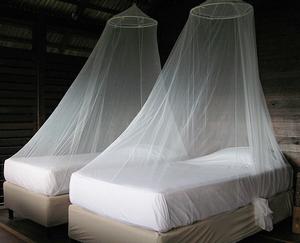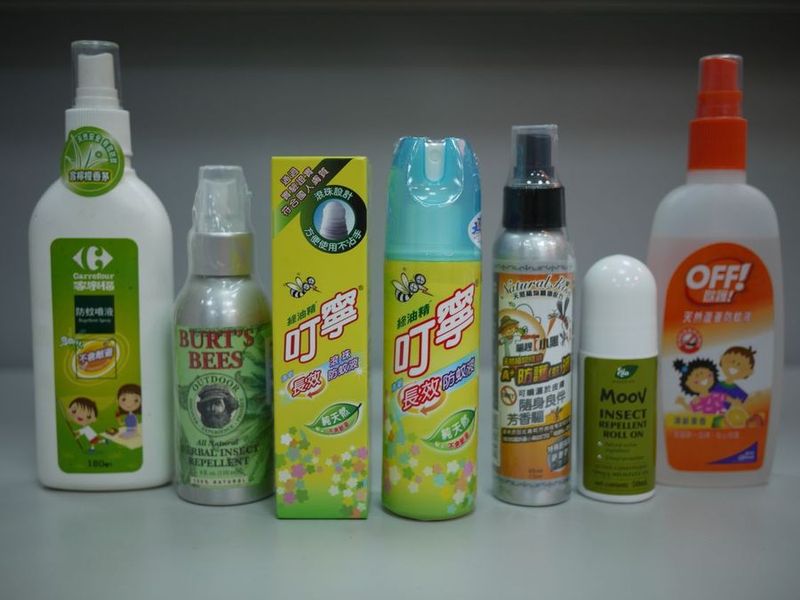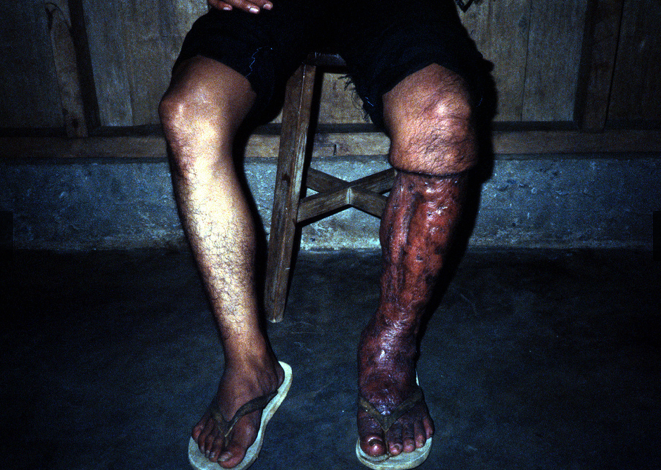Treatment and Control
Lymphatic filariasis, more commonly known as elephantiasis, is a disease
that can be totally eliminated! Lymphatic filariasis is considered a
neglected tropical disease. Strategies to reduce the disease have been in
progress for the past 50 years, but in the past decade a global campaign has
been launched to completely eliminate the infectious worm (Ottesen 2006).
Diethylcarbamazine (DEC) is the main drug used to kill the microfilariae and
can occasionally kill the adult worms as well. Whole communities are
annually medicated in hopes to put an end to the disease (CDC 2013). The
rise in information and knowledge also helps in controlling the spread of
infection (Ottesen 2006).
 Other than medication, the key way to prevent B. malayi
infection is to protect against mosquitos carrying the infectious larvae.
Mosquitos usually feast during the evening and at night. During these times
is when prevention measures are most essential. Repellent applied to the
skin, bed nets, and wearing pants and long sleeves are all worthy defensive
actions (CDC 2013).
Other than medication, the key way to prevent B. malayi
infection is to protect against mosquitos carrying the infectious larvae.
Mosquitos usually feast during the evening and at night. During these times
is when prevention measures are most essential. Repellent applied to the
skin, bed nets, and wearing pants and long sleeves are all worthy defensive
actions (CDC 2013).
The most efficient way to diagnose the infection of B. malayi is to take a blood smear of the potential carrier. The blood can then be examined under a microscope looking for microfilariae. The blood sample should be taken at night, due to their nocturnal periodicity, which will ensure the microfilariae are circulating in the blood (CDC 2013).
Few Individuals infected will undergo surgery, removing regions with severe
enlargement from elephantiasis. This does not cure the disease, but instead
gives the infected host improved movement and function of the limbs (Azoubel
2010).
Go here to learn more about lymphatic filariasis and join the effort to eliminate the disease!
You can also come check out some interesting facts on this parasitic nematode.
←Effects on Humans Home Interesting Facts→

